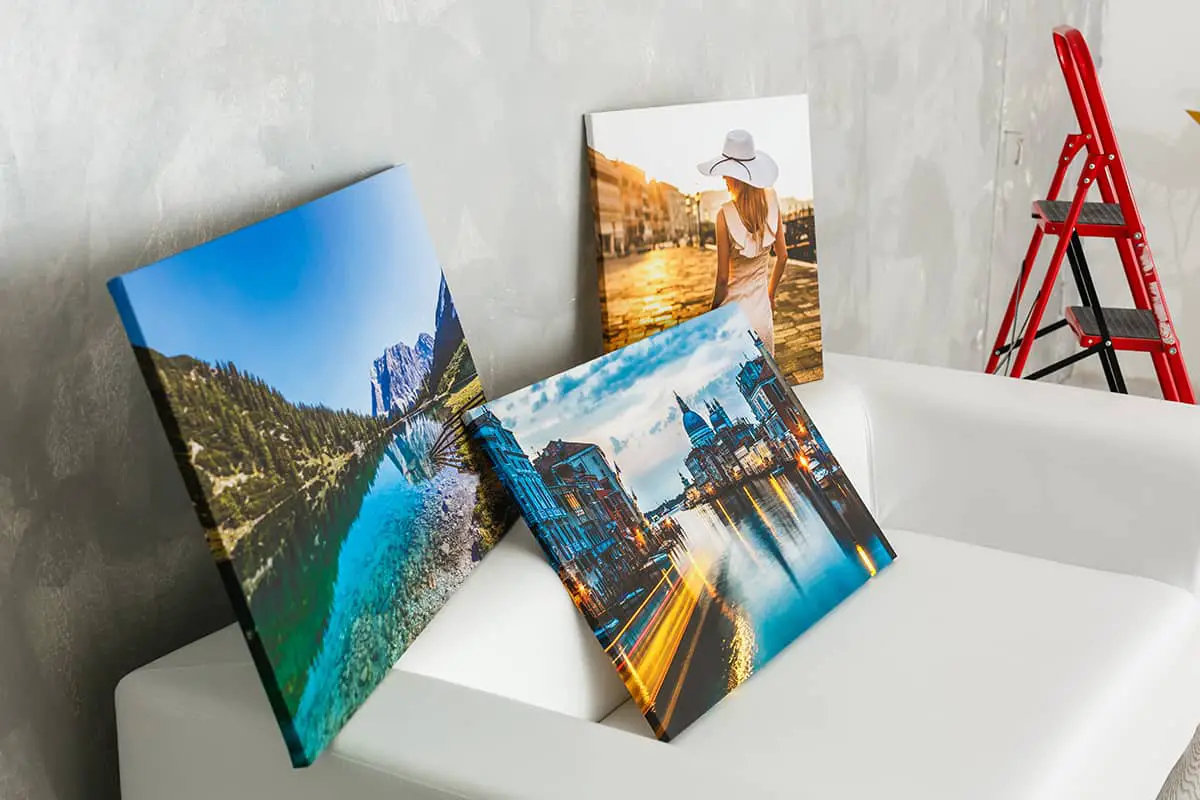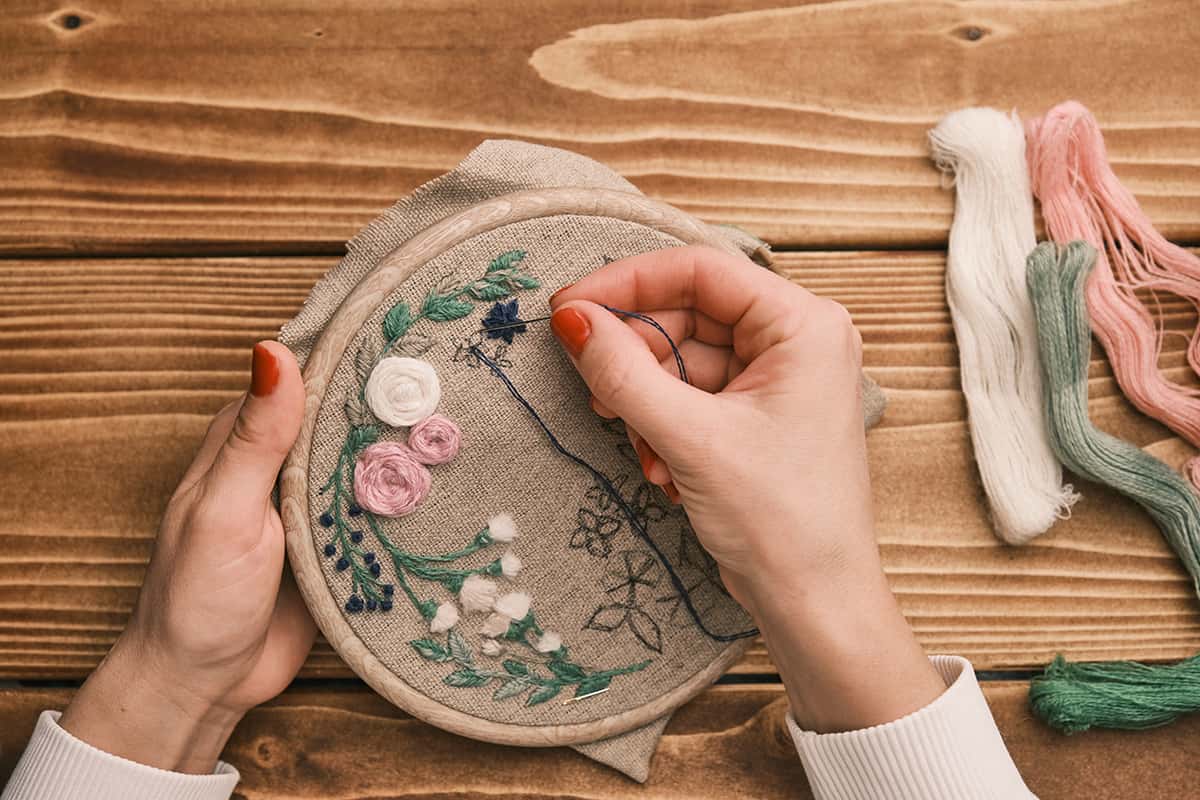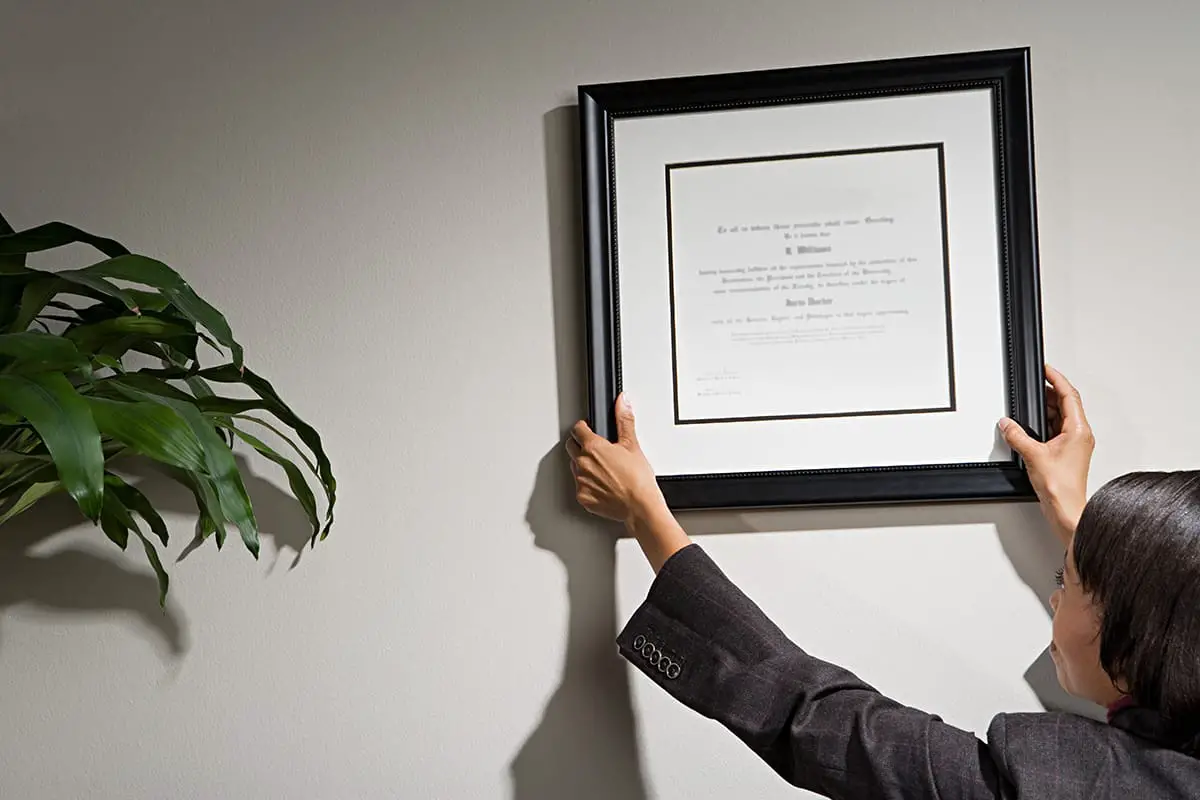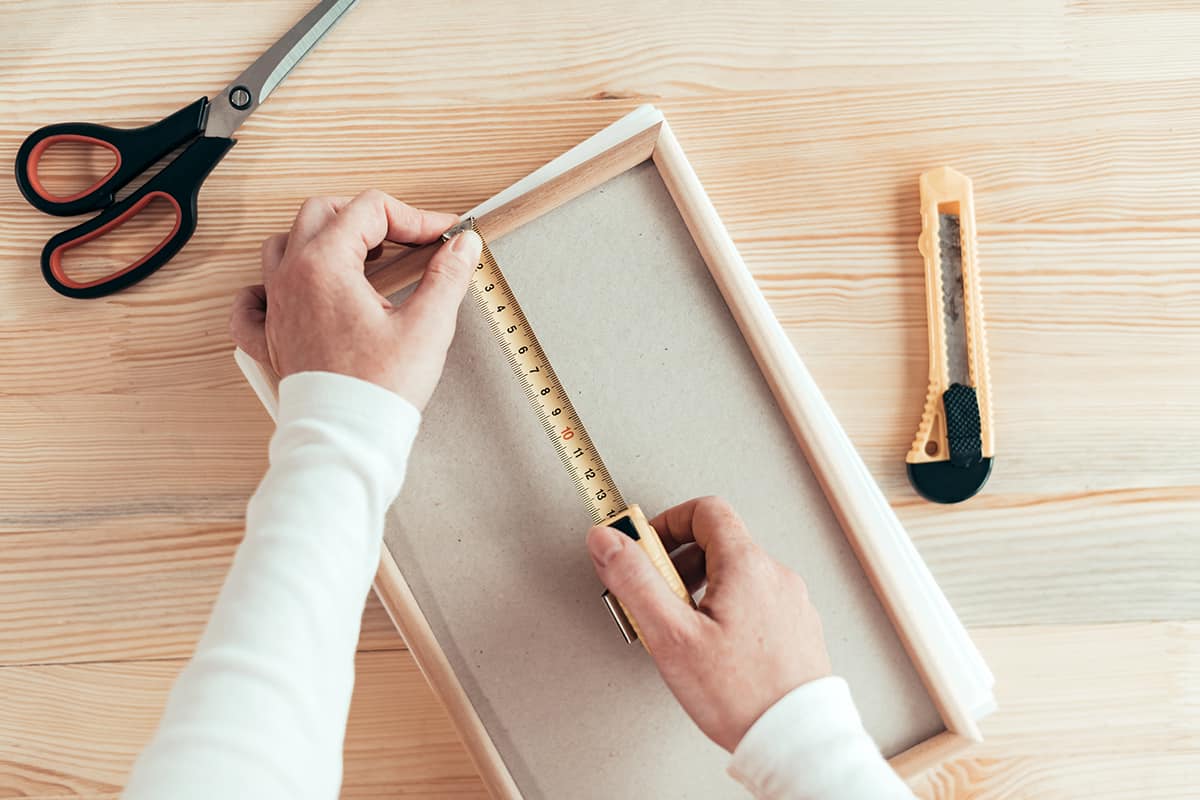Picture frames are do more than just border your photos and art. They are a key part of home decor and personal expression. Picture frame sizes vary widely, so you have a wide range of options for your most cherished memories.
The dimensions of standard picture frames include sizes like:
- 4 × 6 inches
- 5 × 7 inches
- 8 × 10 inches
- 11 × 14 inches
- 16 × 20 inches
- 20 × 24 inches
Specialty sizes, like panoramic frames, typically go up to 12 × 36 inches.
This guide will go into more detail regarding picture frame sizes. It will discuss standard and custom sizes, what frame sizes work best for different types of art, and how to measure your picture for the perfect frame size.
Standard Picture Frame Sizes
When you’re looking to frame your favorite photos or art, knowing the standard picture frame sizes can be super helpful. These sizes are like the common sizes you see in homes, galleries, and stores. They’re popular because they fit most standard photo prints and artworks.
Common Photo Sizes
Let’s start with the basics. The most common photo frame sizes are 4 × 6, 5 × 7, and 8 × 10 inches. These are your go-to sizes for family photos, holiday snaps, and those adorable pet pictures. They’re great for tabletop displays and small wall spaces.
Larger Frames for Bigger Impact
Now, if you want something that makes more of a statement, larger frame sizes are your friends. We’re talking about sizes like 11 × 14 and 16 × 20 inches. These are perfect for those standout pieces. They work well as a centerpiece on a wall or above your fireplace.
Panoramic Frames for Wide Shots
Got a breathtaking panoramic shot? Panoramic frames are what you need. Standard sizes for these long, narrow frames include 10 × 20 and 12 × 36 inches. They’re fantastic for landscape photos, cityscapes, or any wide- or tall-format image. Panoramic frames create a focal point in any room and are a unique way to showcase those wide views.
Square Frames for Modern Displays
Square frames add a contemporary twist to framing. Common square frame sizes are 5 × 5, 8 × 8, and 12 × 12 inches. They’re great for Instagram-style photos, digital art, or any square image. Mix and match these with rectangular frames for a modern gallery wall.
Custom Frame Sizes
So, you’ve got a super cool piece of art or a photo that doesn’t fit the standard frame sizes. No sweat! Custom frame sizes are your solution. They let you frame pretty much anything, no matter how odd-sized or unique it is.
While custom framing is all about personalization, there are some popular sizes that many people opt for. These sizes cater to items that don’t quite fit the standard mold but are still fairly common.
One of the go-to custom sizes is 10 × 13 inches, perfect for those slightly larger photos or certificates. It’s a size that stands out without being too overwhelming. Then there’s the 12 × 16 inches size, favored for medium-sized art pieces that command attention but fit nicely in most rooms.
For the really big stuff, like oversized posters or expansive artworks, sizes like 24 × 36 inches or even larger are common requests. These sizes dominate a wall with visual impact.
Frame Sizes for Different Types of Art
The right frame size can also depend on the type of art you’re framing. Different types of art can shine in different frame sizes.
1. Framing Photographs

Photos are super versatile, so they can work with a range of sizes. For those everyday snaps, standard sizes like 4 × 6 or 5 × 7 inches are perfect. They’re great for displaying on desks or shelves. If you’ve got a stunning landscape or portrait, go bigger with an 11 × 14 or 16 × 20 inches frame.
2. Art Prints and Posters

Art prints and posters often need more space. Standard poster sizes like 24 × 36 inches are common and give these pieces the presence they deserve. For art prints, consider the artwork’s style. Abstract or modern art looks fab in larger frames.
3. Canvas Paintings

Canvas paintings can be a bit tricky since they’re usually thicker. Standard canvas sizes include 8 × 10, 16 × 20, and 24 × 36 inches. But remember, canvases often look best without glass, so consider a canvas-specific frame that can accommodate the thickness and let the texture of the painting stand out.
4. Needlework and Textiles

Framing needlework, like cross-stitch or embroidery, is a bit different. You’ll want a frame that’s slightly larger than your piece to prevent the fabric from bunching. Shadow box frames are great for this. They provide the depth needed and protect the fabric. Standard sizes for these can range from 8 × 10 to 20 × 24 inches, depending on your piece.
5. Certificates and Diplomas

Certificates and diplomas are usually a standard size—8.5 × 11 inches. They look professional and sleek in a frame that’s just a bit larger. A 11 × 14 inches frame with a mat works perfectly.
How to Measure for the Perfect Frame Size

Getting the right frame size requires accurate measurements and knowing how different elements like mats affect the overall size.
1. Measuring Your Artwork
Start by measuring the height and width of your artwork. Lay it flat and use a ruler or tape measure. Measure straight from one edge to the other—no rocket science here.
2. Deciding on Mat Width
Now, let’s talk about mats. A mat is a border, usually made of paper or cardboard, that goes between your art and the frame. It prevents your art from touching the glass. Mats can add a few inches to the height and width of your required frame size.
A general rule of thumb is that the mat should be at least 1.5 to 2 inches wide. But for larger artworks, you might want a wider mat to keep things proportional.
3. Final Frame Size Check
Before you buy that frame, double-check your measurements, especially if you’re adding a mat. You want your art to fit snugly, but not too tight. If in doubt, a little extra space is better than too little. And if you’re ordering a custom frame, it’s always good to consult with the framer.






